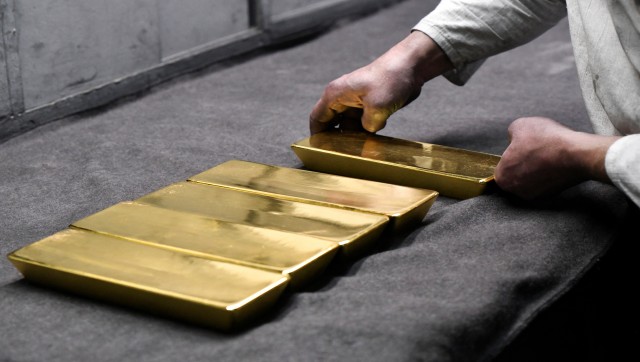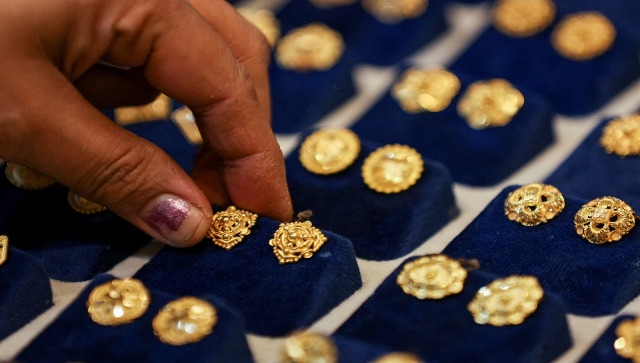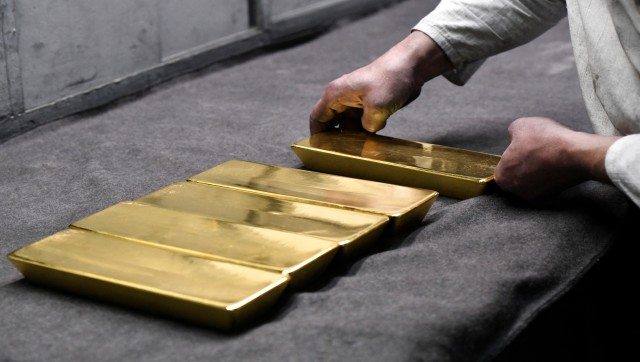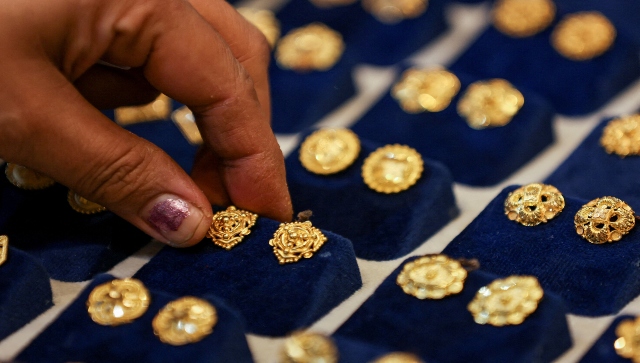India’s balance of payments (BoP) data will be released on 30 March and it’s very likely that it will show a deficit of $10 billion, the first deficit since the Lehman bankruptcy in 2008, a Nomura report has predicted.
The European debt crisis has crimped demand for Indian exports and reduced capital inflows. However, imports remained strong on continuing gold imports and oil demand, which widened the current account deficit, Nomura said.
The balance of payments (BoP) is a record of a country’s international transactions for a particular time period, in this case a quarter.
Any transaction that causes money to flow into a country is a credit to the BoP account, and any transaction that causes money to flow out is a debit.The BOP includes the current account, which mainly measures the flows of goods and services and a capital account (broadly defined), which consists of capital transfers and other transfers like investment flows.
A negative balance of payments means more money is flowing out of the country than coming in, and vice versa.
Nomura expects government policy to remain mindful about correcting the BoP deficit: “We expect steps aimed at discouraging imports and encouraging capital inflows,” the report said. “The budget proposals to curb gold imports, allow qualified foreign investors access to corporate bonds and allow external commercial borrowings in select infrastructure sectors are all steps in this direction. More should follow.”
Gold imports are estimated to jump to a whopping $58 billion in the current financial year ending March 2012. In a bid to dampen demand, the Union Budget doubled the import tax on refined gold to 4 percent and introduced other measures to encourage households to switch from investing in non-financial assets such as gold to financial assets.


)




)
)
)
)
)
)
)
)